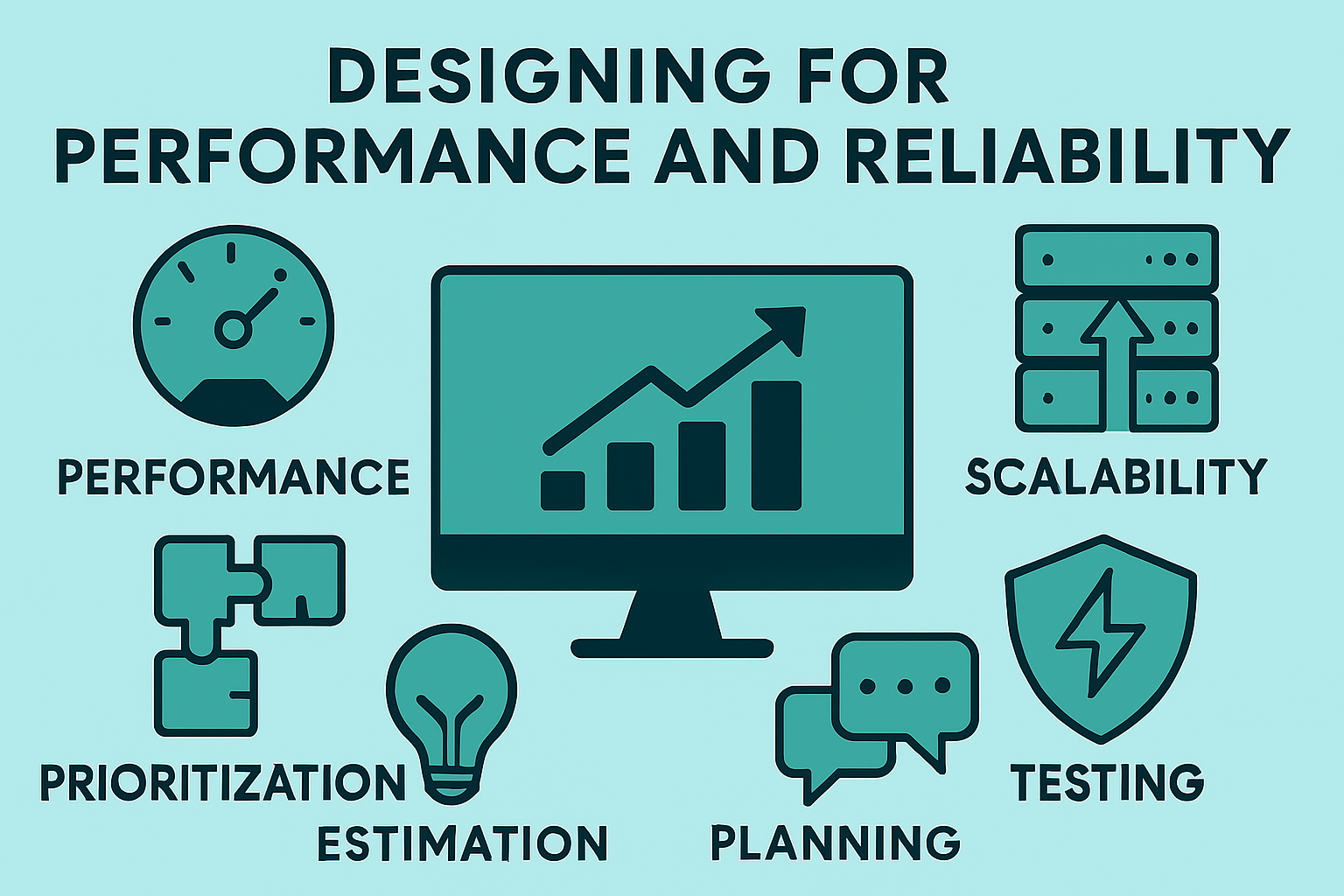In today’s digital world, users expect products to be fast, responsive, and always available. That’s why designing for performance and reliability isn’t an afterthought—it’s a foundational mindset that product engineering teams must adopt from day one.
Why Performance and Reliability Matter
Performance affects user satisfaction, conversion rates, and even search rankings. Reliability determines whether users trust your product during critical moments.
Performance: How fast and responsive your product feels
Reliability: How consistently it performs under varying loads or in failure scenarios
If either one suffers, user confidence erodes—and often, they won’t return.
Performance by Design
Building for speed isn’t something you bolt on later. It starts with choices made in architecture, tech stack, and feature design.
Strategies:
Efficient data access: Use indexed queries, caching, and pagination
Minimalist UI logic: Reduce frontend payloads, lazy-load heavy assets
Async processing: Offload slow tasks to background workers
CDN and edge computing: Reduce latency by serving content closer to users
Start measuring early. Use tools like Lighthouse, WebPageTest, or custom monitoring to detect and fix bottlenecks as features evolve.
Designing for Reliability
Reliability ensures your system behaves predictably, even during stress or partial failures.
Core principles:
Redundancy: Eliminate single points of failure—use replicas, backups
Graceful degradation: Keep core features running even if others fail
Circuit breakers & retries: Prevent cascading failures from crashing services
Monitoring & alerting: Detect anomalies before they affect users
Resilience patterns: Design services to recover automatically from downtime
These ideas must be built into the system, not patched in after an outage.
The Balance
Often, performance and reliability can compete for resources or design attention. For instance:
Caching boosts performance but adds invalidation complexity
Failovers improve reliability but increase system overhead
The key is to prioritize based on product goals. A media site might lean more on performance; a healthcare platform must guarantee uptime and integrity.
Conclusion
Designing for performance and reliability is a continuous practice, not a one-time task. It requires thoughtful engineering decisions, a proactive mindset, and a commitment to quality under real-world conditions. When done right, your product doesn’t just work—it works beautifully, every time.





